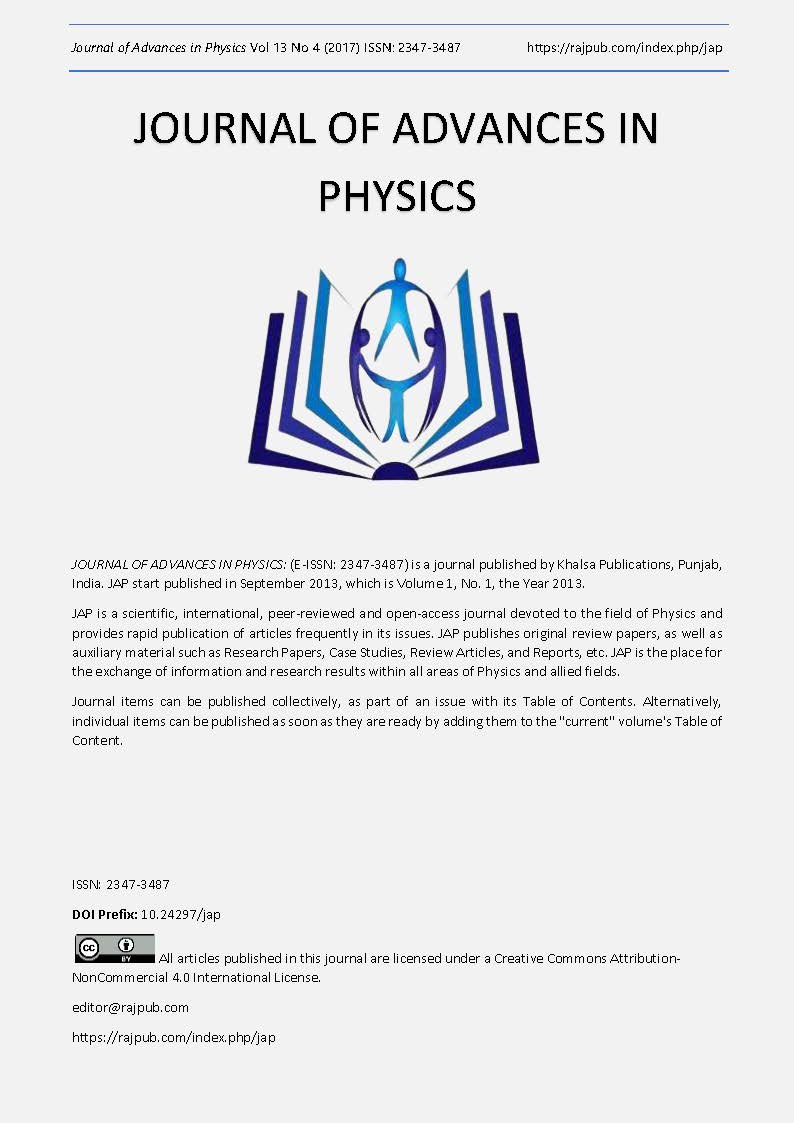A Novel Approach To Prevent Damage from Earthquakes and Tsunamis With The Utilization of a Proportional Surface Pyramidal Structure and Modified Underground Two-Part Hexagonal Damping Rubber Bearing Base Isolator
DOI:
https://doi.org/10.24297/jap.v13i4.6009Abstract
Today, increased tectonic plate activity in the Cascadia Megathrust Subduction Zone, located on the Pacific American Coast, has the potential to cause a massive earthquake with a magnitude upwards of 9.0 on the Richter scale and resulting tsunami that could cause severe architectural damage and large death tolls. Unfortunately, modern technologies used to reinforce buildings are not completely effective because they only absorb some shock in the foundation. Additionally, no current building design is completely resistant against the hydrostatic and buoyant forces from tsunamis. Therefore, it becomes necessary to design a cost-effective structure resistant to the effects of both of these natural disasters. After conducting research in civil engineering and physics at the Arizona State University and Oregon State University, a hexagonal model with a two-part base isolation system was designed and built utilizing neoprene rubber, alloy steels, and shock-absorbers. The model was tested against an earthquake simulation of the 2011 Tohoku-Japan Earthquake and multiple direct shear tests, and against various computer-controlled waves to measure the models stability against hydrodynamic forces of tsunamis. Both tests had the model remain stabilized, thus supporting the potential of life-size structures along global coastlines to provide a safe-shelter during natural disasters.
Downloads
Downloads
Published
How to Cite
Issue
Section
License
 All articles published in Journal of Advances in Linguistics are licensed under a Creative Commons Attribution 4.0 International License.
All articles published in Journal of Advances in Linguistics are licensed under a Creative Commons Attribution 4.0 International License.




